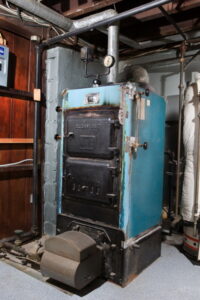It would be wonderful if you only had to purchase one furnace for your home (probably the furnace that came with it) and never had to worry about it again. It would work flawlessly for your family each winter season, providing you with warmth, comfort, and safety, and you’d never have to have it replaced.
This is a fantasy, of course. Any powerful mechanical system can run into malfunctions, and no heating system can run forever. But it’s easy to fall into thinking that your heating system is just going to run year after year—and then one day, it doesn’t, and you’re stuck trying to get it replaced.
The way to avoid this situation is to take stock of your furnace and know when to start considering a replacement. We’ll address the question of when a furnace is “too old” below.
When Is It Time to Replace Your Furnace?
- A natural gas furnace typically lasts around 15 years, and an electric furnace about 20 years
- If the system has lacked regular maintenance, it may fail earlier
- When repair estimates × furnace age exceed a threshold (e.g. 5,000), replacement is often more cost‑effective
- Older furnaces become inefficient, unreliable, and risk developing safety issues like a cracked heat exchanger
If your furnace is approaching or past these benchmarks, planning for replacement is wiser than continuing repairs.

